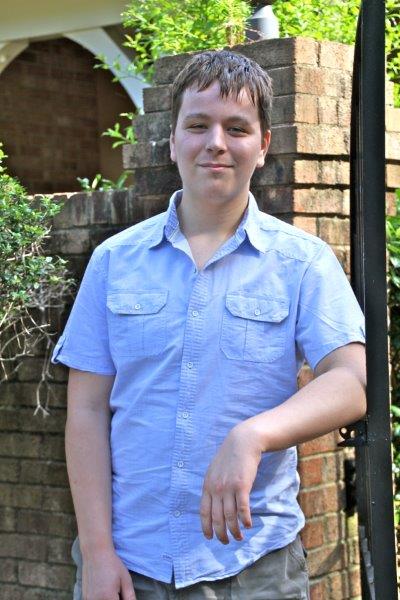Culture Collaboration
Matthew Garreau’s Transition from France to America

Moving across the ocean is definitely a huge change. However, sophomore Matthew Garreau was able to quickly adjust to his new lifestyle in America.
October 19, 2016
Matthew Garreau is currently a sophomore who was born in Paris, France, district 75. Garreau learned English by immersion during his four years in London, United Kingdom. “Immersion is a great teacher,” he mentions. He lived in Paris most of his life, until the summer of 2014. Since his move to the U.S. two years ago, he has quickly adjusted. His family, including his three other siblings, made this big move because his parents got expatriated, or moved, by their company. The one thing Matthew misses most about France is the ability to walk everywhere. “Most everything is in walking distance, and if it’s not, you can bike there,” he says. Matthew said he does not like having to take a car everywhere he wants to go in North Carolina.
“People here are not as genuine. They act friendly but really aren’t,” says Matthew when asked about the biggest change he faced moving to the U.S. from France. He explains that in France if people do not like you, they let you know, rather than pretending. Generally, Parisians are nice if you speak French or at least a little bit. You will be ignored if you try to speak to them in English without attempting to speak French first. This is seen as very rude.
Matthew shares that the school meals in France are very different in comparison to the ones in America. The school he went to prior to Millbrook served handmade five course meals daily. Menus are made over a month in advance and sent to a dietitian. These meals include an appetizer, this is what the French call an entree, such as tomato salad. They also have fruit and cheese everyday. They have a wide variety throughout the year of main courses, or plat de resistance. Matthew’s personal favorite was Papillote de saumon avec haricots verts; this is Salmon papillote with green beans. Lastly, they have dessert which usually consist of fruits and the occasional pastry. The transition from five course meals to being served pizza everyday has been tough on Matthew.
However, his dinners in France were similar to the typical dinners we eat here. His family, like many others in France, mainly ate at home. You will not find nearly as many fast food chains in France as in America. Food in France is much cheaper than it is here because the government subsidizes their food and does not put much tax on it. Food is more affordable for a larger number of people because of this.
On days Matthew did not have school, he took a lot of walks to admire the architecture of Paris. “It was very nice, and still is.” Surprisingly, Matthew says that often times he would walk past the big attractions quite regularly without even noticing. He explained that when you have lived in Paris for a while you just end up walking near them frequently. “Such as taking a nice walk in the Jardin du Luxembourg and noticing the Arc de Triomphe nearby. It’s all pretty poetic.” However, Matthew reminds me that Paris is still a large city where people live and work. “It is no wonderland as many see it. There’s a few homeless people and seeing beggars with dogs underneath a renaissance style apartment complex is quite common.”











